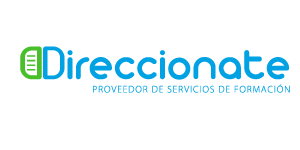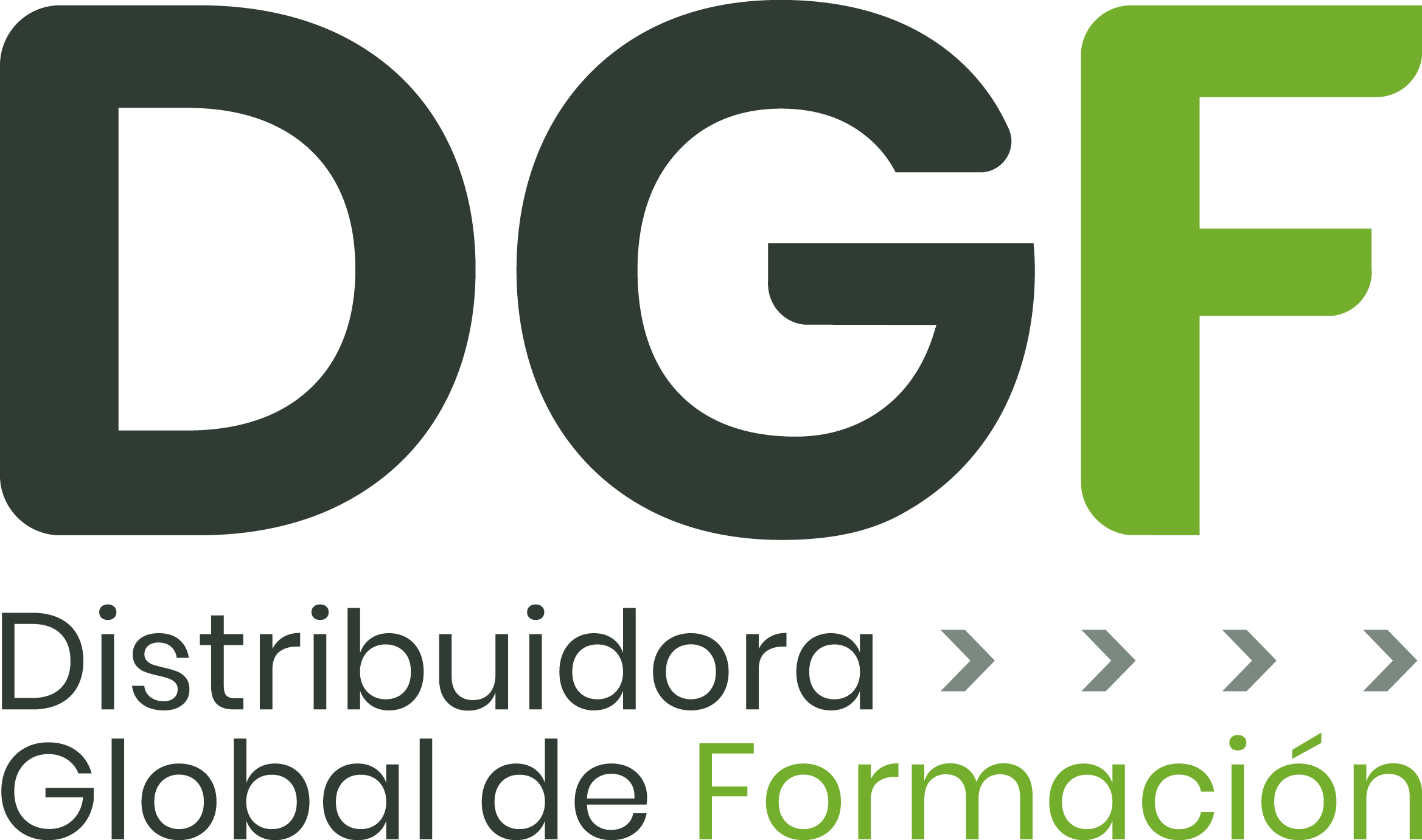
TÉCNICO MANIPULADOR DE ALIMENTOS (FOOD HANDLER)
Información adicional
| Horas | 57 |
|---|---|
| Código | |
| Formato | Digital |
| Proveedor | DIRECCIONATE |
25,65 €
*Los precios no incluyen el IVA.
Objetivos
Contenidos
Objetivos
General objectives:
- Knowing the basic concepts about food safety.
- Mastering the properties of food and the factors that cause its modification due to the alteration or contamination of it.
- Acquiring good food handling practices at the professional and personal level.
- Obtaining the necessary knowledge to ensure the safety of food in each of the stages in the food chain.
Specific objectives:
- Knowing the types of toxin infections as well as their effects, modes of appearance and control, etc.
- Mastering the mechanisms of food preservation.
- Learning the measures to prevent food contamination.
- Becoming aware of the importance of taking preventive measures in the moment of food handling.
- Acquiring the general and specific rules of hygiene in the handling of foods.
Contenidos
Learning unit 1. Food security
- Introduction
- 1.Food and food
chain
- 1.1.Production
- 1.2.Food industry
- 1.3.Commercialisation or sale
- 1.4.Consumers
- 2.Food security
- 3.The food handler
- 3.1.Obligations of the food handler
- 3.2.Personal hygiene requirements
- 3.3.Training
- 3.4.Training accreditation
- 4.History of food security
- 5.Impact of food
security
- 5.1.Consequences of inadequate hygienic practices
- 5.2.Advantages of correct hygienic practices
- Key points
Learning unit 2. Alteration and contamination of food
- Introduction
- 1.Alteration of food
- 1.1.Physical causes
- 1.2.Chemical causes
- 1.3.Biological causes
- 2.Contamination of
food
- 2.1.Foodborne diseases
- 2.2.Most frequent causes of contamination
- 3.Chemical and physical contamination
- 4.Biological
contamination
- 4.1.Factors that favour the development of microorganisms
- 4.2.Whic microorganisms cause toxic infections?
- 5.Food preservation
- 5.1.Physical preservation methods
- 5.2.Chemical preservation methods
- 5.3.Other methods of preservation
- 6.Basic measures in prevention
- Key points
Learning unit 3. Correct practices of hygiene
- Introduction
- 1.Hygiene of the
handler
- 1.1.Bad hygienic habits
- 1.2.Good hygienic habits
- 2.Hygiene of
premises, facilities and equipment
- 2.1.Cleaning and disinfection
- 2.2.Where, when and with what to clean
- 2.3.The responsibility for the cleaning and what to clean
- 2.4.Material and equipment used in cleaning
- 2.5.General cleaning recommendations
- 2.6.Factors that may affect a defective cleaning and disinfection
- 3.Pest control:
anti-rat and fumigation
- 3.1.Anti-rat control
- 3.2.Fumigation
- 4.Potable water
control
- 4.1.Characteristics of the installation
- 4.2.Periodic checks
- 4.3.Verification procedure
- 5.Waste control
- 5.1.Good practices in waste management
- 5.2.Food handling and the environment
- 6.Maintenance of facilities
- 7.Traceability and
suppliers
- 7.1.Raw materials and suppliers
- Key points
Learning unit 4. The self – control systems. The HACCP
- Introduction
- 1.General concepts
- 2.Structure of self-control systems
- 3.Legal requirements
- Key points
